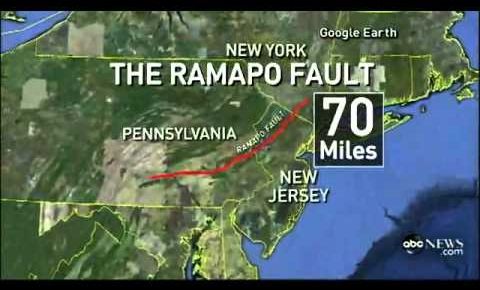https://youtube.com/watch?v=BDUh9X8PeBY
Way back in 1811 and 1812, a series of over 1,000 earthquakes rocked the Mississippi River between St. Louis and Memphis. One was so powerful that it caused the river to run backwards for a few hours. The infamous New Madrid earthquakes of 1811–1812 rang church bells in Boston, which is 1,200 miles from St. Louis. Today, scientists say that the 150-mile-long New Madrid Seismic Zone has a terrifying 40% chance to blast in the next few decades, impacting 7 states – Illinois, Indiana, Missouri, Arkansas, Kentucky, Tennessee and Mississippi – with 715,000 buildings damaged and 2.6m people left without power.
Unlike California, which has been super-prepared since the last major earthquake hit hard enough to delay the World Series, the New Madrid fault area has been sitting blissfully by. In case the “40 percent” statistic didn’t bother you, this should: The New Madrid fault has an impact zone ten times as big as its more famous San Andreas cousin.
As described by USGS: “In 1811, the extent of the area that experienced damaging earth motion, which produced Modified Mercalli Intensity greater than or equal to VII, is estimated to be 600,000 square kilometers. However, shaking strong enough to alarm the general population (intensity greater than or equal to V) occurred over an area of 2.5 million square kilometers.”









Comments are closed.